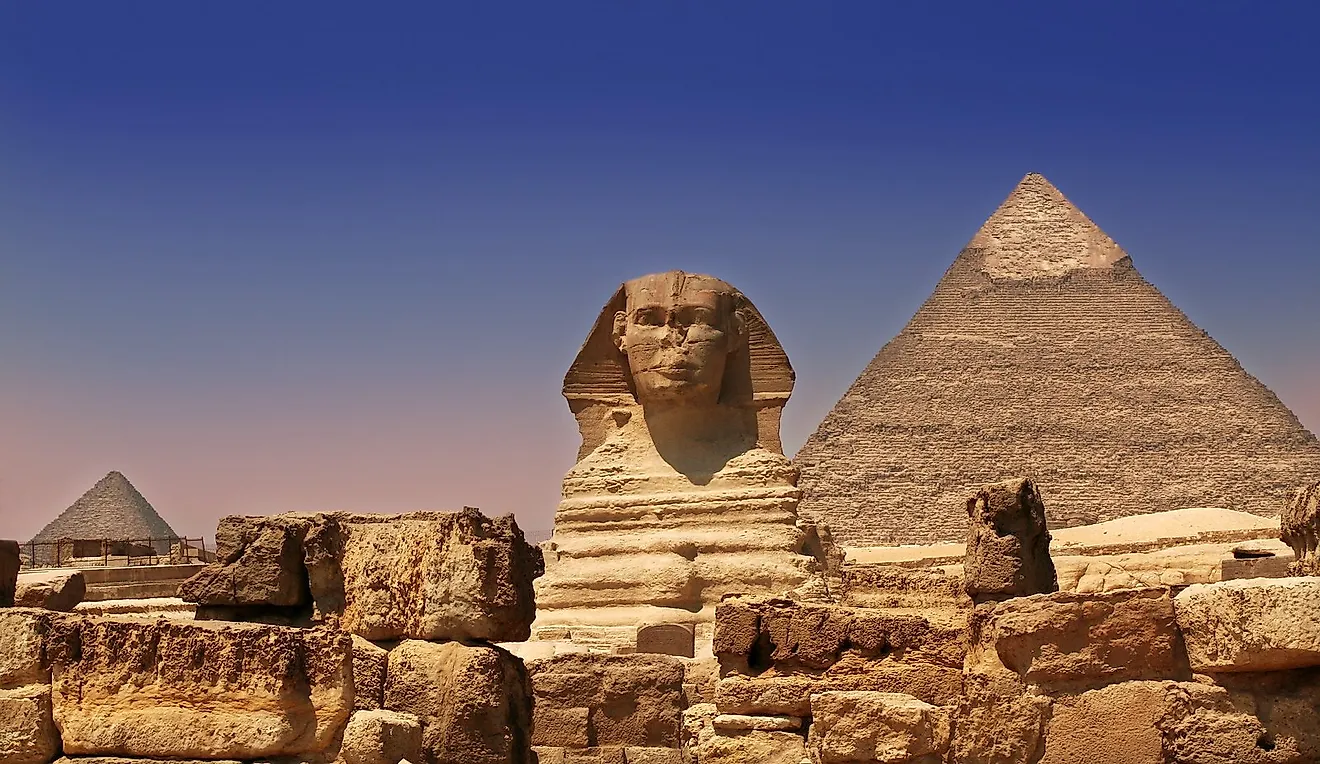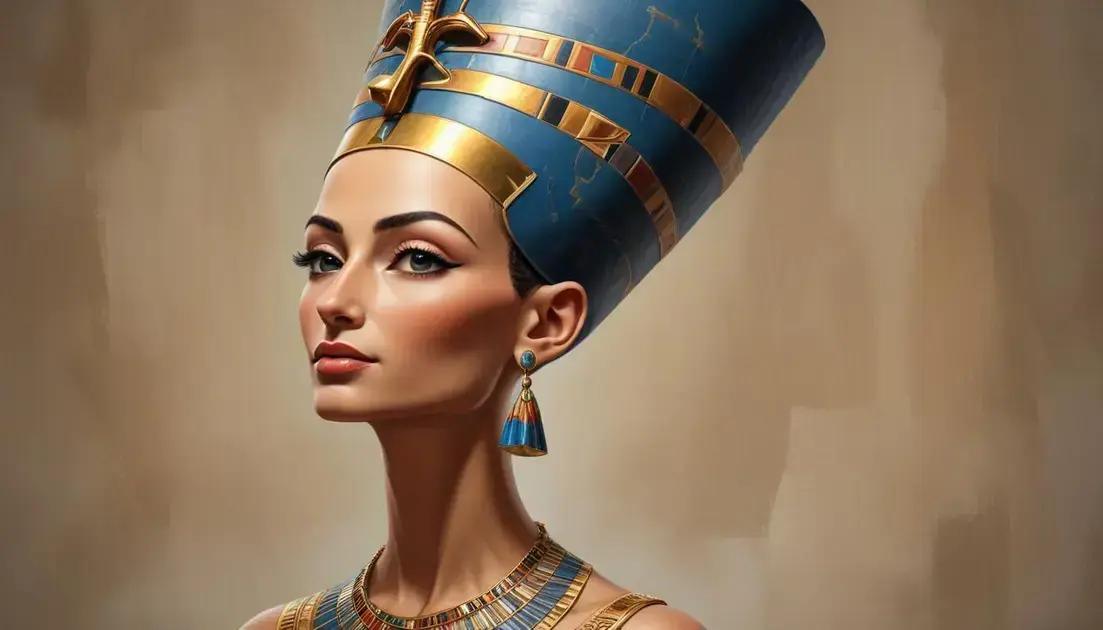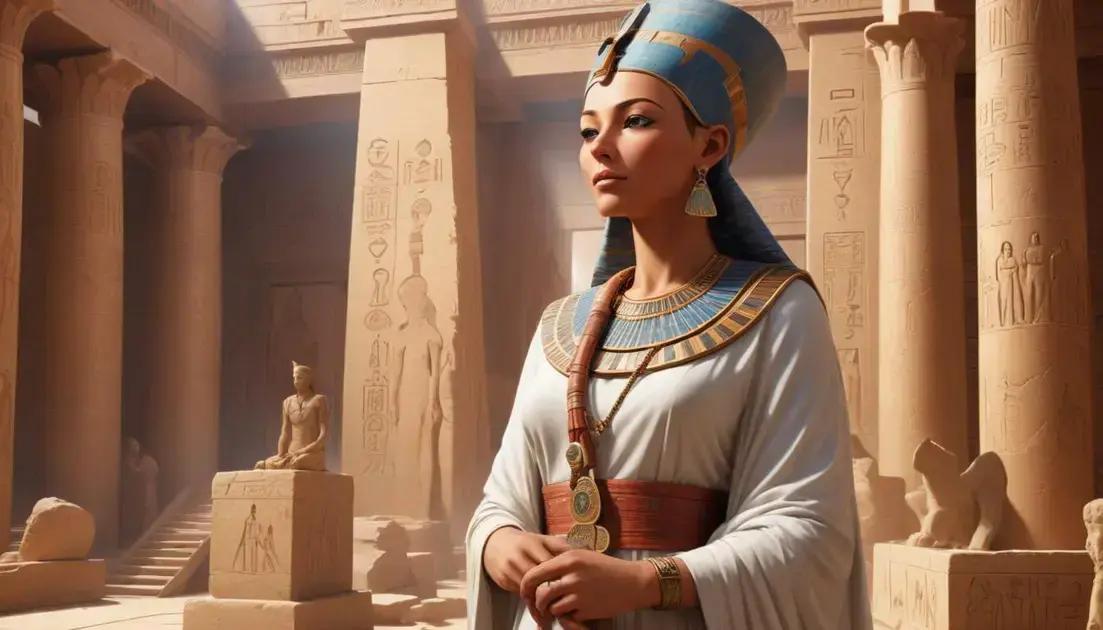
How Ancient Egypt Shaped Modern Civilization
Ancient Egypt, a civilization that flourished for millennia along the Nile River, remains one of history’s most captivating and influential societies. Its impact resonates deeply within modern civilization, a testament to the ingenuity, artistry, and intellectual prowess of its people. From the awe-inspiring pyramids to the intricate hieroglyphs, the legacy of Ancient Egypt is multifaceted and profoundly enduring. This exploration delves into the myriad ways Ancient Egypt shaped modern civilization, demonstrating its lasting influence on our world.
I. The Architectural Marvels of the Nile: Engineering and Aesthetic Influence
The pyramids of Giza, standing as silent sentinels across the desert sands, represent not merely impressive monuments but also a pinnacle of ancient engineering. Constructed around 2580 BC, the Great Pyramid of Giza, the largest of the three, held the title of the world’s tallest man-made structure for over 3,800 years. Its sheer scale and precision are staggering, showcasing an advanced understanding of mathematics, geometry, and logistics that surpassed many later civilizations for centuries. The meticulous planning, organization, and execution required to raise these colossal structures demonstrate a sophisticated level of societal organization and technological capacity.
Beyond their sheer size, the pyramids reveal a deep understanding of architectural principles. The precise alignment with cardinal directions, the intricate internal chambers, and the masterful use of massive stone blocks all point to a high level of mathematical and engineering skill. The Egyptians’ mastery of quarrying, transporting, and placing these enormous blocks remains a subject of ongoing fascination and study. This expertise in stonework, combined with their innovations in ramp construction and other lifting mechanisms, represents a significant leap forward in engineering technology.
The influence of Ancient Egyptian architecture extends far beyond the pyramids. Their use of columns, obelisks, and pylons became defining elements of their architectural style, profoundly influencing subsequent architectural traditions. The elegant proportions and decorative elements of Ancient Egyptian columns, for example, can be traced in countless buildings throughout history, from classical Greek temples to Roman structures and even modern architectural designs. The obelisk, a tall, four-sided, tapering monument, remains a powerful symbol, appearing in public squares and parks across the globe, a direct testament to the lasting appeal of Ancient Egyptian aesthetics.
The Temple of Karnak, a sprawling complex in Luxor, serves as a prime example of the sophistication of Ancient Egyptian architecture. This massive temple, constructed over centuries, is a testament to the enduring power of the pharaohs and the skill of their architects and builders. The vast hypostyle hall, with its towering columns and intricate carvings, created an awe-inspiring space that served as a powerful symbol of royal authority and religious devotion. The use of elaborate carvings, colorful paintings, and symbolic imagery further highlights the artistic and spiritual significance of these structures. The sheer scale and complexity of Karnak, along with other monumental temples, continue to inspire architects and engineers today, showcasing the ingenuity and artistry of Ancient Egyptian civilization.
II. The Dawn of Mathematics and its Enduring Impact
Ancient Egypt was a hotbed of mathematical innovation, contributing significantly to the development of this foundational field. The Rhind Papyrus, a mathematical text dating back to around 1650 BC, stands as one of the most important mathematical documents from the ancient world. This papyrus contains a collection of mathematical problems and solutions, demonstrating a surprisingly advanced understanding of arithmetic, algebra, and geometry. The Egyptians developed a sophisticated system of numeration, mastered fractions, and demonstrated an understanding of geometric concepts such as area and volume calculations. Their practical application of mathematics in land surveying, construction, and astronomical observations highlights their functional understanding of mathematical principles.
Beyond the Rhind Papyrus, other mathematical texts and artifacts reveal the breadth of Ancient Egyptian mathematical knowledge. Their accurate calculations in engineering projects, such as the construction of pyramids and temples, further underscores their mathematical skills. The precision required for these monumental structures demands a high degree of accuracy in measurement and calculation. The Egyptians’ contributions to mathematics were not limited to theoretical knowledge; they applied their mathematical understanding to solve practical problems, contributing to their remarkable achievements in engineering and architecture.
The legacy of Ancient Egyptian mathematics is undeniable. Their contributions laid a foundation for later mathematical developments in ancient Greece and beyond. The understanding of fractions, geometric principles, and algebraic concepts, as evidenced in the Rhind Papyrus and other sources, provided a crucial stepping stone for the advancement of mathematics throughout history. Their practical application of mathematics in fields such as construction and astronomy demonstrates their sophisticated understanding of the subject and their ability to apply it to real-world problems.
III. Medical and Scientific Advancements: A Legacy of Healing and Knowledge
Ancient Egypt made remarkable contributions to the field of medicine, developing sophisticated practices and accumulating a significant body of medical knowledge. The Edwin Smith Papyrus, a medical text dating back to around 1600 BC, provides a fascinating glimpse into Ancient Egyptian medical practices. This papyrus describes various injuries, ailments, and treatments, showcasing a surprisingly detailed understanding of human anatomy and physiology. It contains descriptions of the brain, heart, and liver, as well as treatments for fractures, wounds, and other injuries. The papyrus also demonstrates a systematic approach to diagnosis and treatment, revealing a level of medical sophistication that is remarkable for its time.
Beyond the Edwin Smith Papyrus, other medical texts and archaeological findings reveal the breadth and depth of Ancient Egyptian medical knowledge. They used a range of medicinal plants and herbs, developed surgical techniques, and employed sophisticated diagnostic tools. Their understanding of human anatomy, although not entirely accurate by modern standards, was nevertheless impressively advanced for its time. The development of prosthetics and the treatment of various ailments demonstrate their practical skills and their commitment to healing.
Ancient Egyptian contributions extended beyond medicine into other scientific fields. Their understanding of astronomy was particularly noteworthy. They meticulously tracked the movements of celestial bodies, developed a sophisticated calendar system based on the Nile’s annual floods, and used their astronomical knowledge for agricultural purposes and religious rituals. Their accurate observations of the stars and planets contributed to the development of astronomy in later civilizations. Their creation of the water clock, a device used for measuring time, was a significant invention that contributed to the development of timekeeping technology.
The impact of Ancient Egyptian science and medicine continues to resonate today. Their insights into human anatomy, their development of surgical techniques, and their knowledge of medicinal plants laid a foundation for future medical advances. Their understanding of astronomy and their development of timekeeping devices contributed to the advancement of science and technology. Their practical applications of scientific knowledge in areas such as construction and agriculture underscore their sophisticated understanding of the natural world and their ability to use this knowledge to improve their lives.
IV. The Enduring Power of Art and Symbolism: A Visual Legacy
Ancient Egyptian art remains a powerful source of inspiration and fascination. The artistic achievements of this civilization are characterized by their unique style, their intricate detail, and their symbolic significance. The use of hieroglyphs, a sophisticated writing system, revolutionized communication and provided a means to preserve knowledge and cultural traditions. Their intricate designs and the rich symbolism embedded within them represent a highly developed artistic tradition.
The golden mask of Tutankhamun, discovered in his intact tomb, is perhaps the most iconic example of Ancient Egyptian artistry. This exquisite piece of craftsmanship, crafted from solid gold and inlaid with precious stones, is a testament to the skill and artistry of Ancient Egyptian artisans. The mask’s elaborate detail, its symbolic imagery, and its enduring beauty continue to captivate audiences worldwide. Similar levels of artistry are evident in other artifacts, including sculptures, paintings, and jewelry.
The symbolism in Ancient Egyptian art played a crucial role in their religious beliefs and cultural practices. Symbols such as the ankh (the symbol of life), the was sceptre (the symbol of power), and the eye of Horus (the symbol of protection) were used extensively in art, religious ceremonies, and everyday life. These symbols, imbued with deep meaning and significance, continue to hold cultural resonance today, appearing in various forms in contemporary art, design, and popular culture. The enduring power of these symbols speaks to the lasting influence of Ancient Egyptian culture and its impact on subsequent artistic traditions.
The artistic and symbolic legacies of Ancient Egypt are deeply intertwined. The art itself often served as a powerful tool for religious expression, conveying complex theological ideas and cultural beliefs. The combination of intricate craftsmanship, rich symbolism, and compelling visual narratives has contributed to the enduring appeal of Ancient Egyptian art. It serves as a powerful reminder of the rich culture and sophisticated artistic skills of this ancient civilization.
V. Cultural and Spiritual Legacy: Ma’at and its Enduring Relevance
The culture of Ancient Egypt was deeply intertwined with its spiritual beliefs. The Ancient Egyptians were a highly religious people who believed in an afterlife, and their religious practices profoundly shaped their daily lives. Their elaborate burial rituals, including mummification and the construction of elaborate tombs, reflect their belief in the continuity of life beyond death. The complex pantheon of gods and goddesses, each with unique attributes and roles, played a significant part in their religious and cultural life.
The concept of Ma’at, representing truth, justice, balance, and cosmic order, played a central role in Ancient Egyptian thought and society. Ma’at was not simply a philosophical concept but a guiding principle that governed all aspects of life. Pharaohs were expected to uphold Ma’at, ensuring justice and fairness within their kingdom. The pursuit of Ma’at permeated every aspect of Egyptian society, from religious practices to legal systems and social interactions.
The influence of Ma’at extends beyond Ancient Egypt’s borders. Its emphasis on balance, harmony, and justice continues to resonate with modern audiences. The pursuit of justice and social harmony aligns with contemporary values, underscoring the enduring relevance of Ma’at in the modern world. The concept continues to inform philosophical discussions and inspires efforts towards social justice and environmental sustainability. The enduring legacy of Ma’at serves as a testament to the intellectual depth and moral compass of Ancient Egyptian civilization.
The spiritual and cultural practices of Ancient Egypt have influenced various aspects of modern thought and belief systems. The concept of the afterlife, though expressed differently in modern religions, has parallels in Ancient Egyptian beliefs about the journey to the underworld and the possibility of continued existence after death. The emphasis on ritual and ceremony, while adapted to different cultural contexts, reflects a shared human desire for spiritual meaning and connection. The enduring relevance of Ancient Egyptian culture stems from its focus on fundamental human values, such as justice, harmony, and the pursuit of meaning.
VI. The Continuing Relevance of Ancient Egypt in the 21st Century
The study of Ancient Egypt continues to be a vibrant and dynamic field of research, with new discoveries and interpretations regularly emerging. Ongoing excavations and analyses of ancient texts and artifacts constantly refine our understanding of this remarkable civilization. This continuous exploration ensures the relevance of Ancient Egypt remains central to historical and archaeological studies. The enduring fascination with Ancient Egypt is evident in the popularity of museums, documentaries, and books dedicated to this subject. This enduring interest fuels continued research and scholarly debate, leading to new insights into the civilization’s rich history and cultural practices.
The tourism industry in Egypt thrives on the enduring appeal of Ancient Egypt. Millions of visitors travel to Egypt each year to experience the pyramids, temples, and other remarkable sites firsthand. The economic impact of this tourism is significant, highlighting the ongoing relevance of Ancient Egypt in the modern world. This tourism not only contributes economically but also helps preserve these ancient sites and encourages further research and conservation efforts. The preservation of Ancient Egyptian sites and artifacts is vital to understanding the civilization’s legacy and ensures that future generations can benefit from the knowledge gained from studying these remarkable remains.
The impact of Ancient Egypt stretches across many educational institutions globally. Many schools and universities offer courses on Ancient Egyptian history, language, and culture. The study of Ancient Egypt contributes to a broader understanding of human history and civilizations, providing valuable insights into social structures, religious beliefs, artistic expressions, and technological advancements. This educational outreach ensures the knowledge and insights gained from the study of Ancient Egypt continue to benefit future generations of scholars and the wider public.
In conclusion, the influence of Ancient Egypt on modern civilization is profound and far-reaching. From the awe-inspiring pyramids to the intricate hieroglyphs, from the advancements in mathematics and medicine to the enduring power of its art and symbolism, Ancient Egypt’s legacy continues to inspire, fascinate, and inform our world. Its contributions to engineering, mathematics, medicine, art, and spirituality remain integral to our understanding of human history and continue to shape our present and future. The ongoing study and appreciation of Ancient Egypt ensure that its remarkable achievements and enduring legacy will continue to inspire generations to come.


